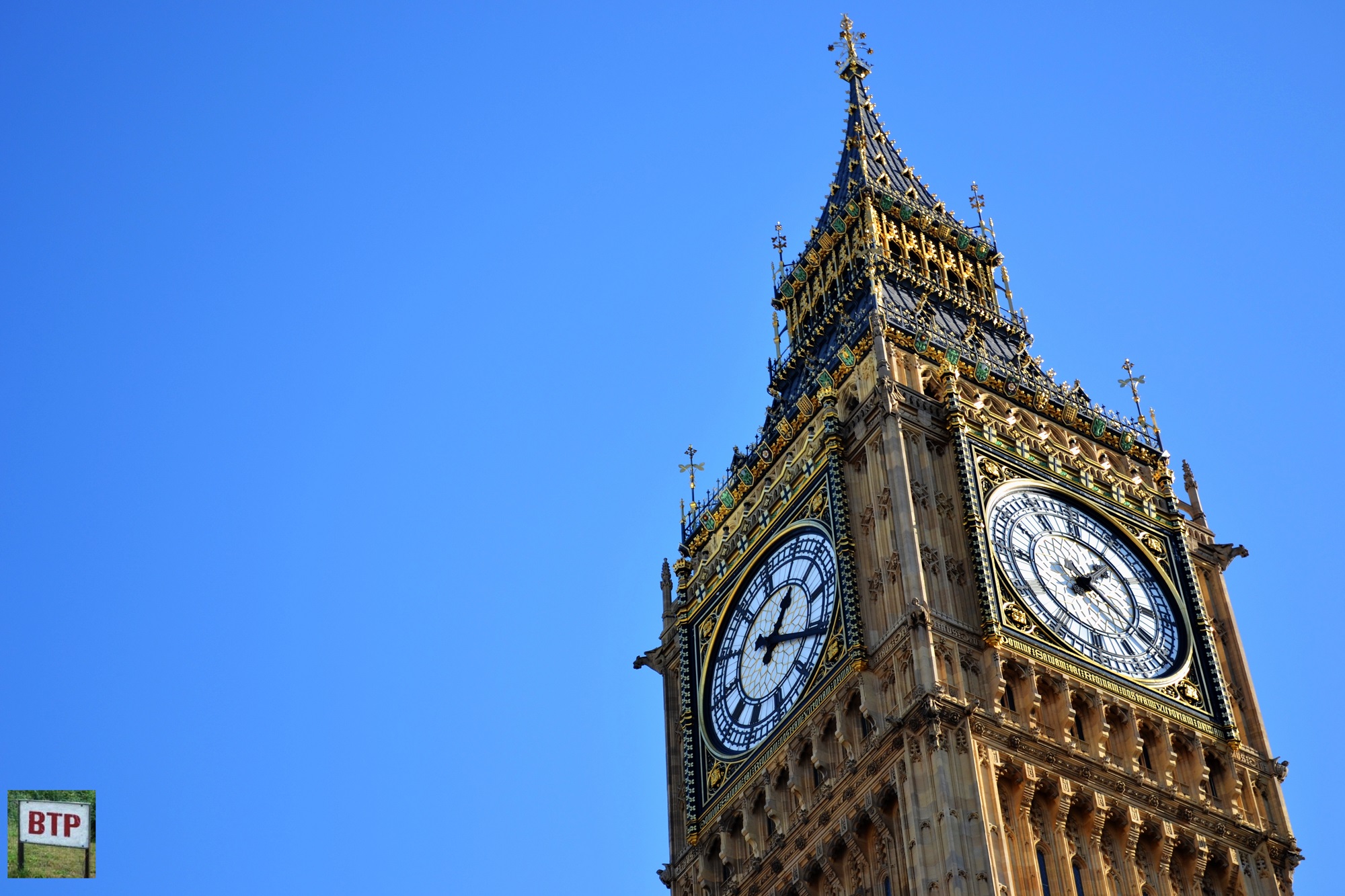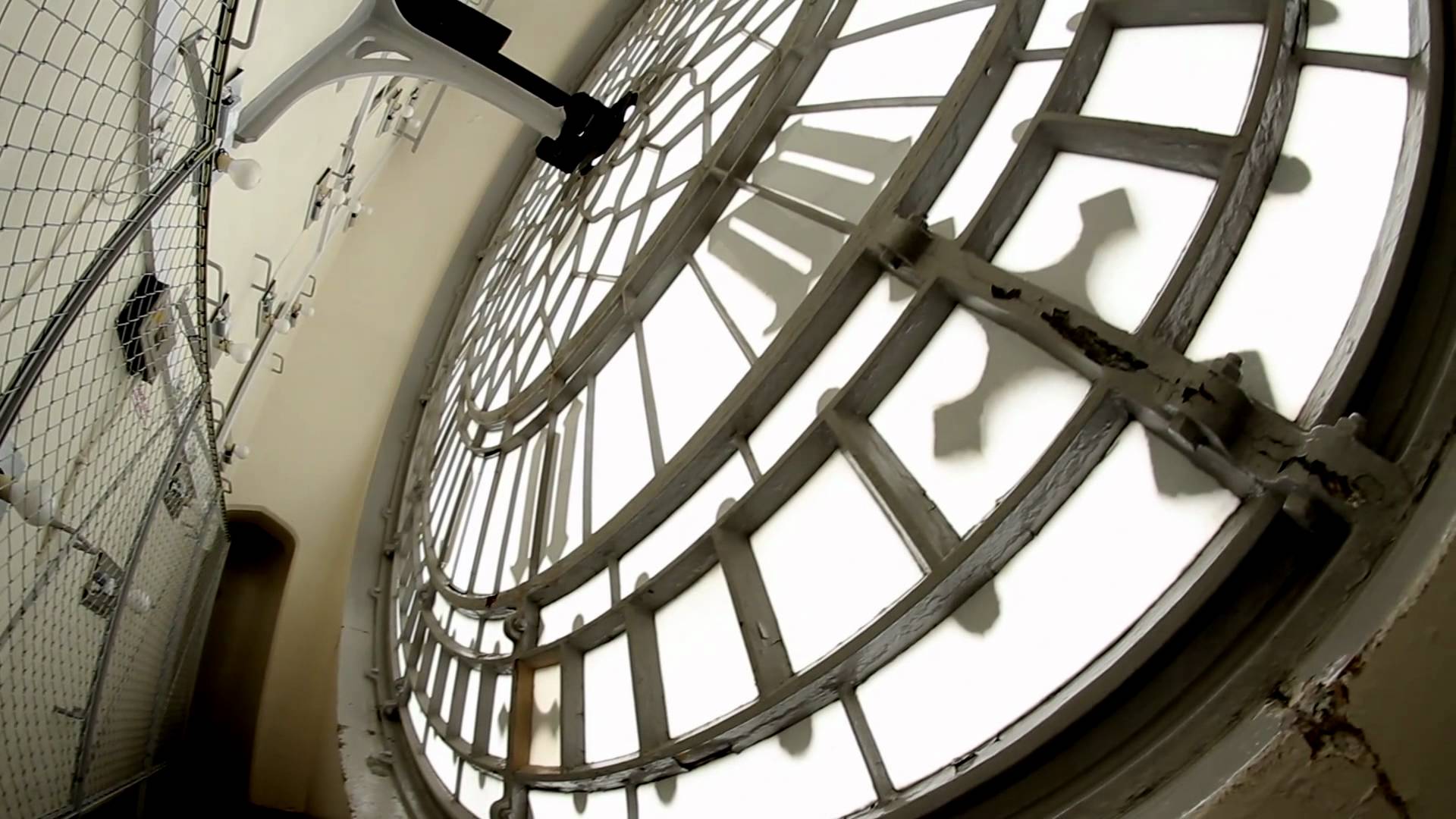Big Ben (formally known at the Elizabeth Tower) is one of the worlds most iconic buildings, rating it as the 13th most iconic landmark in the world. Despite being one of the world’s most famous sights, overseas visitors aren’t allowed up due to security reasons as only UK residents can visit by booking the tour via your MP, months in advance. Arriving at Portcullis House, we were joined by about 10 others and headed towards the tower via a tunnel under the road at about 2pm. The tower holds the largest four-faced chiming clock in the world and is the third-tallest free-standing clock tower. In 2012 it was renamed as Elizabeth Tower, from ‘Clock Tower’ to commemorate the Queen’s Diamond Jubilee however it’s known by everyone as Big Ben, which is in fact a reference to the biggest bell at the top of the tower.
On October 16th 1834, the old Houses of Parliament were largely destroyed by a massive accidental fire. A new Parliament building was needed and was built in a neo-gothic style. Charles Barry was the chief architect of the Palace, however he turned to Augustus Pugin for the design of the clock tower, which resembles earlier Pugin designs, including one for Scarisbrick Hall. The design for the tower was Pugin’s last design before his death, and Pugin himself apparently wrote, at the time of Barry’s last visit to him to collect the drawings: “I never worked so hard in my life for Mr Barry for tomorrow I render all the designs for finishing his bell tower & it is beautiful.” The tower is 315 feet (96.0 m) high and we climbed up the 334 steps to the top of the building stopping at 3 stops along the way.

The clock’s is famous for its reliability, always being within a second of the time, although when the tower was first commissioned, this was a problem. Clockmakers were very reluctant to agree to making the clock that precise, saying that they could get it to within a minute to the time although not a second, due to the hands being exposed to wind, rain, ice and snow however it was eventually settled with a new design being made which would ensure that it was within a second of the time. The designers were Edmund Beckett Denison, a company which still exist today. Construction was entrusted to clockmaker Edward John Dent however his stepson completed the work after his death in 1853. The pendulum is installed within an enclosed windproof box beneath the clockroom. It is 4 metres long, weighs 300 kg (600 pounds) and beats every 2 seconds. On top of the pendulum is a small stack of old penny coins; these are to adjust the time of the clock. Adding or removing a penny will change the clock’s speed by 0.4 seconds per day.
The main bell is known as the Great Bell or Big Ben and is the largest bell in the tower and part of the Great Clock of Westminster. It’s not known who exactly is ‘Ben’ although it’s most likely an MP or Boxer at the time however nothing officially says this. The original bell was a 16 tonne hour bell, cast on 6 August 1856 in Stockton-on-Tees and was transported to the tower on a trolley drawn by sixteen horses, with crowds cheering its progress. Unfortunately, it cracked beyond repair while being tested as a hammer was made too big and hence a replacement had to be made. This original bell was knocked down and melted into metal for the new bell.

The bell was recast on 10 April 1858 at the Whitechapel Bell Foundry as a 13½ tonne bell. This was pulled 200 ft (61.0 m) up to the Clock Tower’s belfry by several strong men lasting 18 hours. The bell is 2.29 m tall and 2.74 m in diameter. This new bell first chimed in July 1859 although in September it too cracked under the hammer, a mere two months after it officially went into service due to a hammer being used that was more than twice the maximum weight specified. For three years Big Ben was taken out of commission and the hours were struck on the lowest of the quarter bells until it was reinstalled. To make the repair, a square piece of metal was chipped out from the rim around the crack which can be seen today.
Moving to the present, the clock has become a symbol of the UK, particularly in TV shows or Films, with Big Ben being another name for London in addition to a red bus or black taxi passing the tower. The sound of the clock chiming has also been used this way. Big Ben is a focus of New Year celebrations with the BBC filming from London live at new year to show the spectacular firework display and in 2012, the clock tower itself was lit with fireworks that exploded at every toll of Big Ben. Similarly, on Remembrance Day, the chimes of Big Ben are broadcast to mark the 11th hour of the 11th day of the 11th month and the start of two minutes’ silence and if you live within a 5 mile radius of Elizabeth Tower – you’ll hear it! On 27 July 2012, Big Ben chimed 30 times, to mark the start of the Olympic games. And a final fact for you – the gold decorations at the top of the clock are real. It is genuine 23 carat gold as as fake gold would wear off more easily, so this is actually a cheaper alternative.
This entry was posted in Location Report


